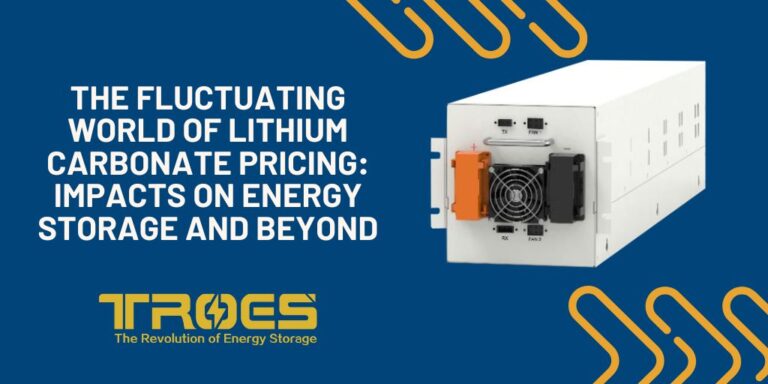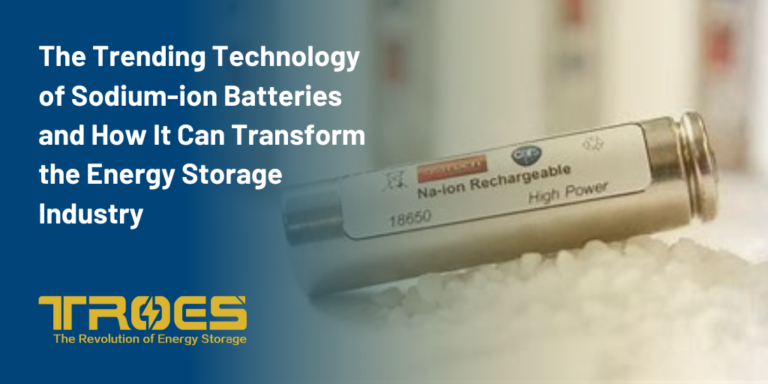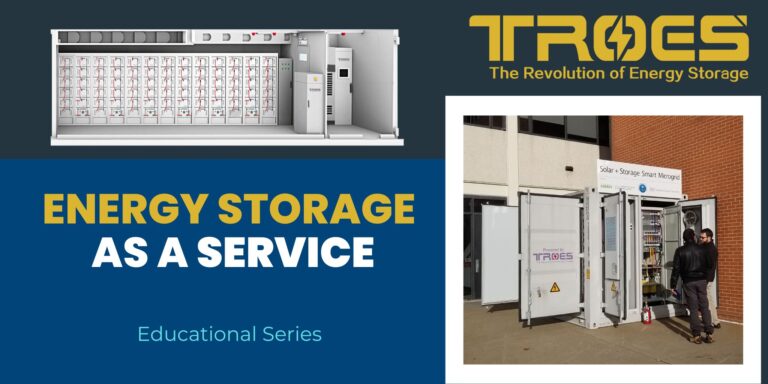What is Battery Energy Storage? Inside The System Structure of a BESS
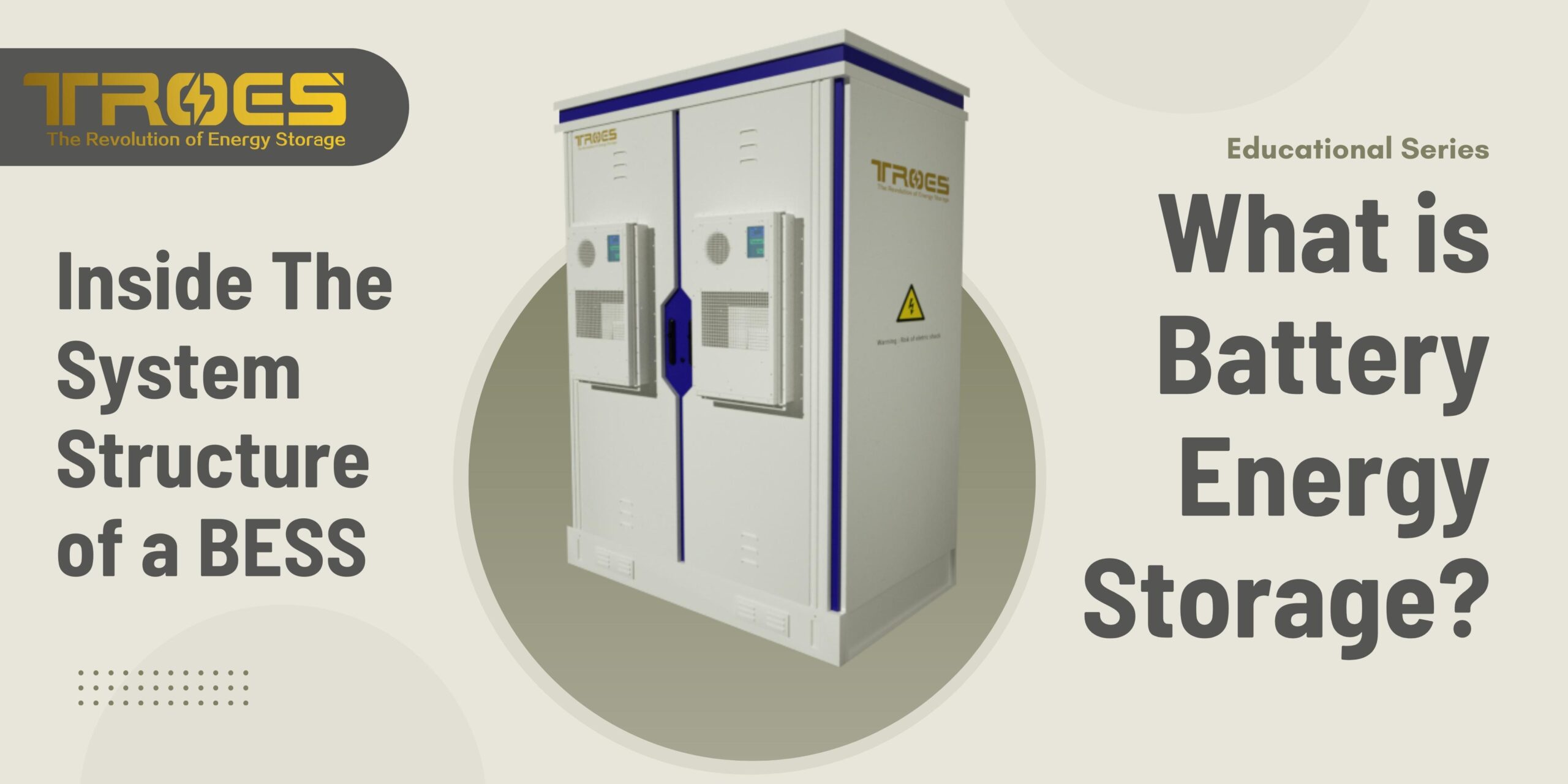
What is Battery Energy Storage System?
Battery Energy Storage System is a fundamental technology in the renewable energy industry. The system comprises a large enclosure housing multiple batteries designed to store electricity for later use. While various batteries can be utilized, the industry-standard uses Lithium-Iron Phosphate (LiFePo4) batteries.
Battery Energy Storage Systems (BESSs) are a subset of Energy Storage Systems (ESSs). This encompasses hydro, air storage, flywheels, and more. Despite the diverse range of ESS subsets, energy storage stands out due to its numerous advantages.
Advantages of a Battery Energy Storage System
Battery Energy Storage Systems are by far the most widely used subset of energy storage, and for good reason. They offer multiple advantages in terms of capacity, charge and discharge rate, energy density, safety and overall cost.
Cost
Over the past two decades, the cost of lithium-ion battery technology has steadily decreased. This makes BESS a more affordable option. Government initiatives and rebates have further reduced the payback period, making BESS accessible for residential and commercial use
Capacity & Density
Lithium-Iron Phosphate batteries are the best chemistry for BESS due to their high energy capacity and small space. Lithium-iron phosphate batteries, coupled with TROES’ proprietary technology, offer high energy capacity in a compact space. This enables the development of modular systems with extended lifecycles.
Charge & Discharge Rate
Another advantage of LFP technology is the charge and discharge rate. It can charge and discharge faster or slower compared to other chemistries. This makes it ideal for projects that require large amounts of energy at one time.
Applications That Take Advantage of Battery Energy Storage
Battery Energy Storage System plays an important role in the smart grid and the Internet of Things (IoT).
- Power generation
- Solar & wind farm
- Virtual power plant for remote communities
- Peak shaving
- Load shifting
- Demand management
- Critical load back-up
- Power quality improvement
- Reducing global adjustment charges
- And more
For additional details on exactly what these applications provide and their benefits, we wrote a separate blog. The continuous progress of energy storage technology will drive the rapid development of the entire power industry chain and create huge economic value and social benefits.
The System Structure of a Battery Energy Storage System
A BESS comprises several integral components, each crucial for maintaining efficiency and safety. The Image below demonstrates how these parts are connected in the BESS.
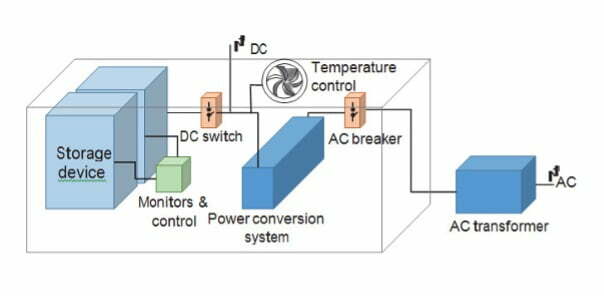
Monitors & Control
Battery Management System (BMS)
The storage device manages the Battery Management System (BMS). A real-time monitoring system containing an electronic circuit apparatus which monitors the state of the battery ensuring battery safety, reliability, and stability. TROES’ proprietary BMS has three layers of design. This includes a cell supervision circuit, a sub-battery management unit and master battery management.
Local Microgrid Controller
The microgrid controller is optional based on project requirements. The Controller monitors and manages the dispatch and management of distributed energy storage systems. The Controller provides real-time information to users such as operating status, operating parameters, and anomalies. It is also a useful tool for operating costs and revenue analysis of the energy storage system.
Temperature Control
Environment Sensor & Control System
The environmental sensor detects any abnormal surrounding conditions of the BESS and, alerts the environment control module. This includes door sensors, flooding sensors, smoke sensors and more. The environment control module contains a precision air conditioner, air cooling duct and automatic control system. They provide an ideal temperature and humidity environment for batteries during charging and discharging.
Fire Suppression System
The fire suppression system ensures the safety of the energy storage system designed to prevent electrical fires. TROES provides two options for the fire suppression system with low to zero carbon emission
Power Conversion System (PCS)
The PCS is an electrical or electro-mechanical device that converts electrical energy between DC and AC, essential for managing various loads. Most loads use AC but batteries and solar panels have a DC output. An energy storage using PCS is bi-directional inverter/charger, compared with a PV inverter.
Breaker, Switch & Transformer
The BESS contains a DC switch between PCS and storage device and an AC breaker between PCS and AC transformer for safety. The solar energy DC input or DC output load can be connected to the system after the DC switch. The transformer is a major external component that ensures the output of the BESS fits the client’s requirements on AC voltage.
Enclosure
Enclosures are available in different sizes of indoor cabinet or an outdoor cabinet or container. Enclosures can be customized based on the requirements and limitations of the client.
Storage
The storage device is a Core component that stores energy charged from the grid or renewable sources. Below is the structure of our storage device with a breakdown of what each part does and how they come together.

Mono-Cell & Cells
The mono-cell stands as the fundamental unit, a single aluminum-sealed LiFePO4 battery unit. These mono-cells combine to form cells, each contains an anode and cathode separated by electrolyte, producing voltage and current. Batteries can comprise one or multiple cells connected in series or parallel, forming a battery module.
Module
A module is a combination of several battery cells electrically connected and housed within a protective shell. These modules are packaged and linked to form our proprietary battery packs.
Battery Pack
A battery pack comprises identical battery modules or individual cells. Configurations may include series, parallel, or a mix to achieve desired voltage, capacity, or power density.
Battery System
The battery system comprises multiple packs connected in series to form a string. However, restrictions exist on pack numbers due to certification and DC voltage limits. These strings form the complete battery system.
Putting It All Together
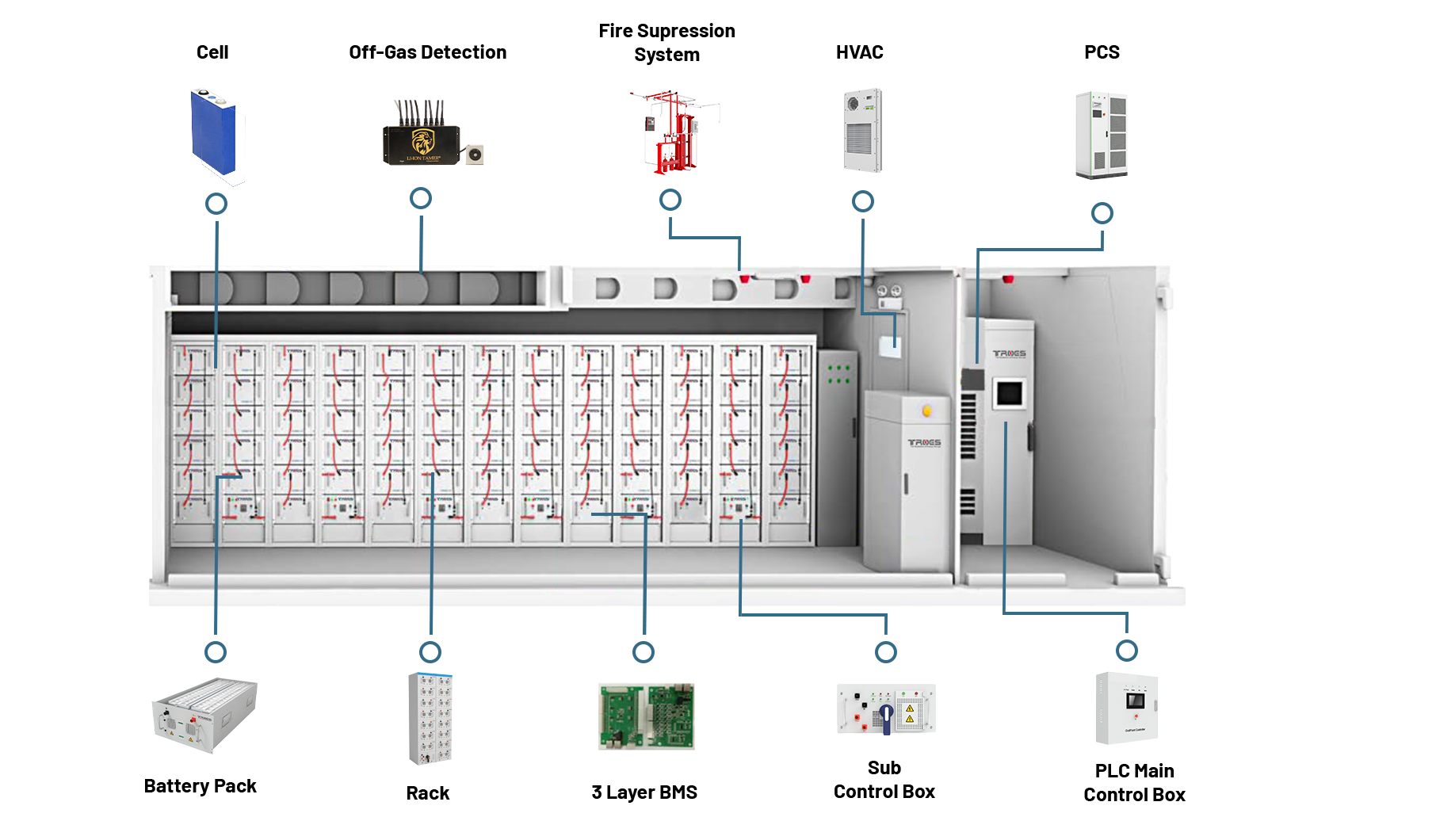
The BESS enclosure, batteries and all components are shipped out of our manufacturing facility and built at TROES’ main office in Markham, Canada. Once the system has been built, its then shipped to the customer for commissioning and final testing. Prescott Hartshorne, Director of Distributed Energy and Renewables for National Grid Ventures, says: “The next decade will be big for energy storage in general and for batteries in particular. It will be an important proving time for batteries and for other technologies.”

